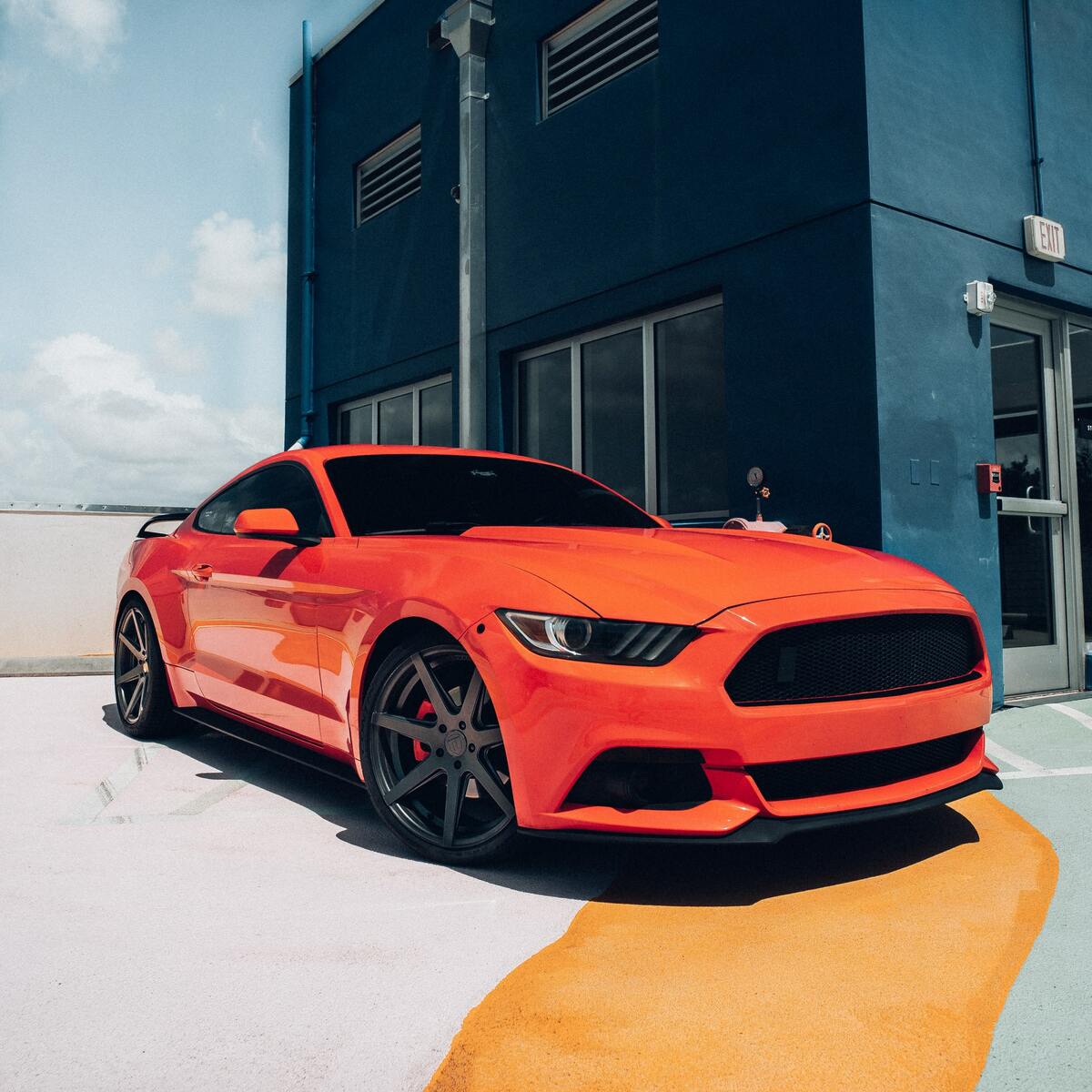Unleashing the Power: What Fuel Do Supercars Use?
Introduction:
Supercars are known for their breathtaking designs, awe-inspiring speed, and unmatched performance. Underneath their sleek exteriors lies a sophisticated powertrain that requires the right fuel to maximize their potential on the road or track. In this blog, we’ll dive into the world of supercars and explore the fuels that propel these extraordinary machines to achieve their remarkable feats.
1. Petrol – The Classic Choice:
Petrol, or gasoline, has long been the go-to fuel for supercars. It offers the perfect balance of energy density and combustion properties to provide the power and performance demanded by these high-octane machines. The majority of supercars, including iconic brands like Ferrari and Lamborghini, rely on petrol engines.
2. High-Octane Fuel:
To ensure peak performance, many supercars require high-octane fuel. High-octane gasoline, typically with an octane rating of 91 or higher, is specially formulated to resist premature detonation or knocking, allowing supercar engines to generate higher compression ratios, more horsepower, and better overall efficiency.
3. Ethanol:
In recent years, some supercar manufacturers have started to explore the benefits of using ethanol as an alternative fuel source. Ethanol, derived from plants such as corn or sugarcane, is a renewable fuel that burns cleaner than traditional petrol. It is typically mixed with petrol to create blended fuels, such as E85, which contains 85% ethanol and 15% petrol. Ethanol-based fuels are popular in certain high-performance vehicles, like the Koenigsegg Jesko, due to their higher octane ratings and ability to produce more power.
4. Hybrid Revolution:
With the increasing emphasis on sustainability and reducing emissions, many supercar manufacturers are incorporating hybrid technology into their models. These hybrid supercars utilize a combination of traditional fossil fuels and electric power. They often have an electric motor paired with a petrol engine, allowing for improved fuel efficiency and reduced environmental impact without sacrificing performance.
5. Future Innovations:
As the automotive industry continues to evolve, the future of supercar fuels looks promising. Electric supercars, such as the Rimac C_Two, are already making waves with their powerful electric motors and impressive range. Hydrogen fuel cell technology also shows potential for powering future supercars, offering zero-emissions driving without the need for lengthy recharging.
Conclusion:
Supercars require an exceptional fuel to satisfy their insatiable appetite for power and performance. While most rely on petrol and high-octane gasoline to deliver unparalleled speed, recent advancements in technology have unlocked new possibilities. From hybrid powertrains to alternative fuel sources like ethanol and even the rise of electric supercars, the future of supercar fuels promises to be both thrilling and environmentally conscious. As the automotive world continues to push the boundaries of innovation, enthusiasts can look forward to a wide range of exciting possibilities in the years to come.


